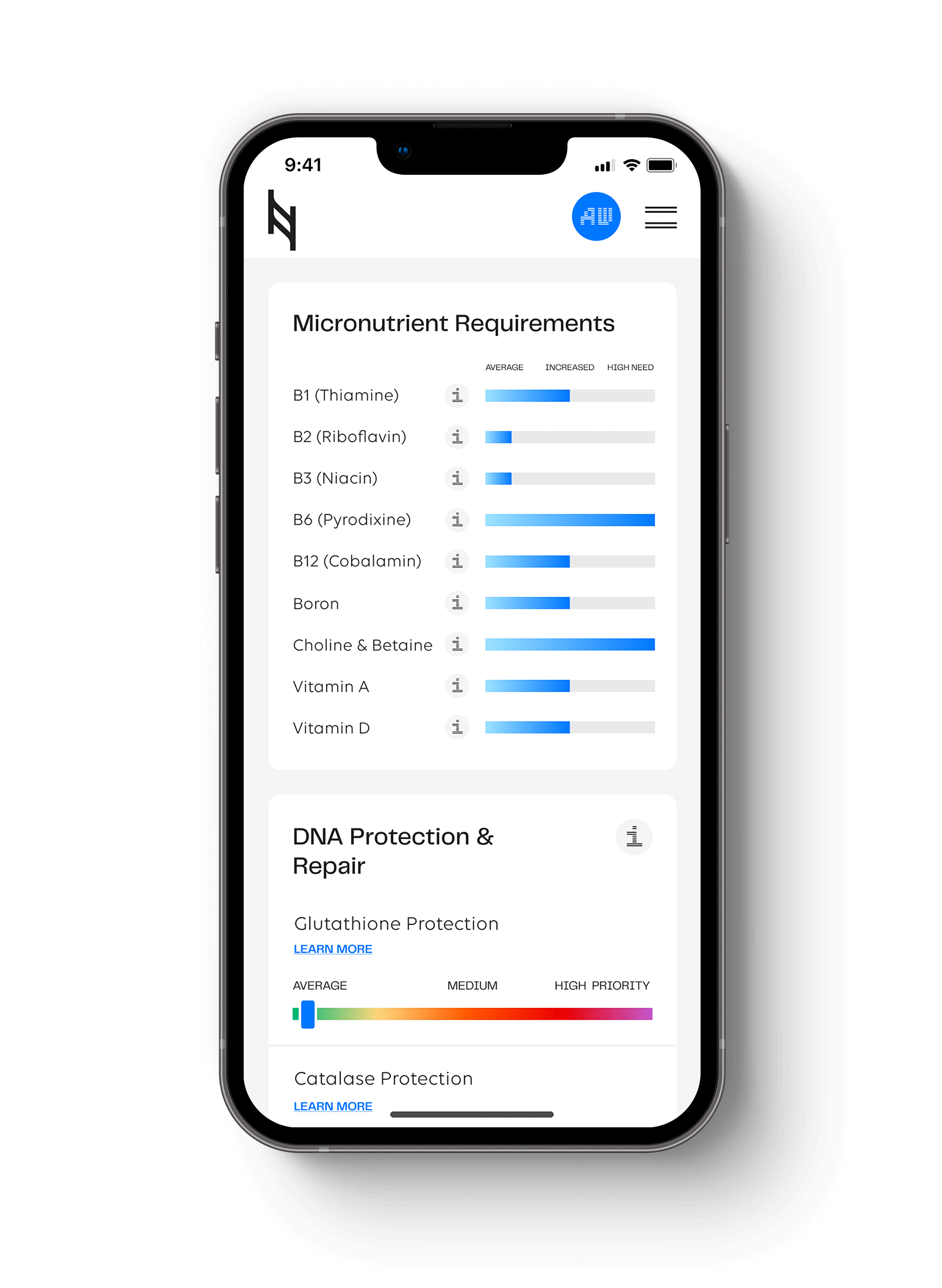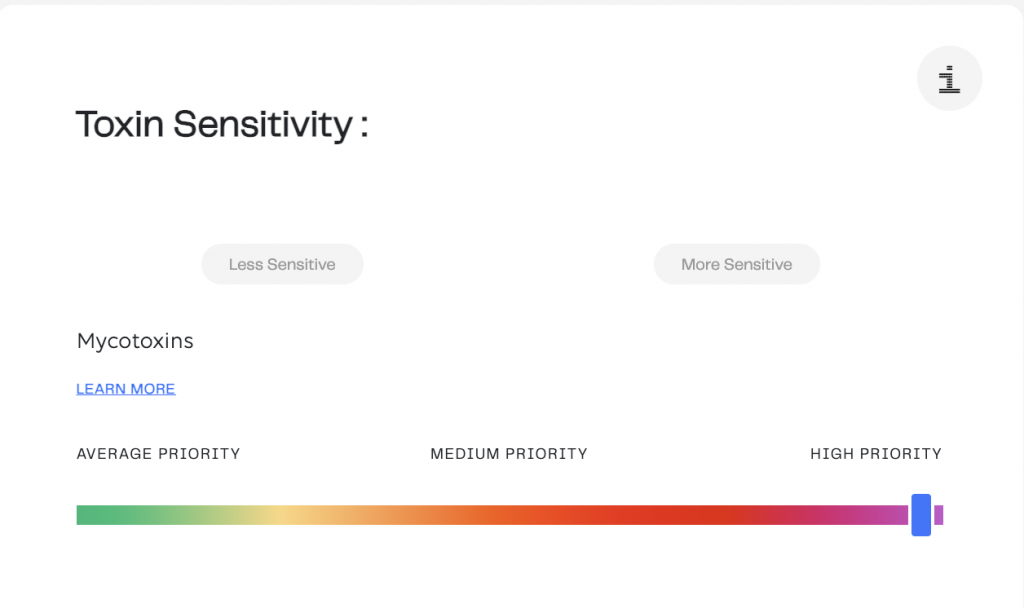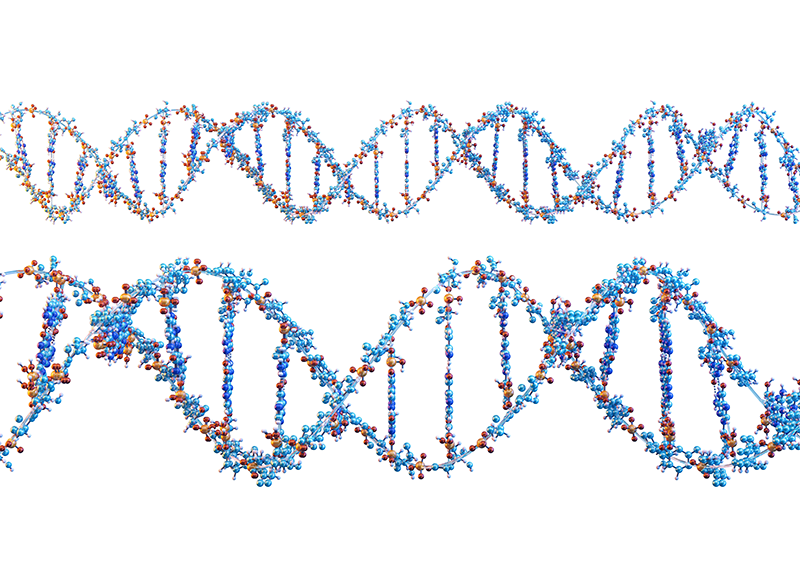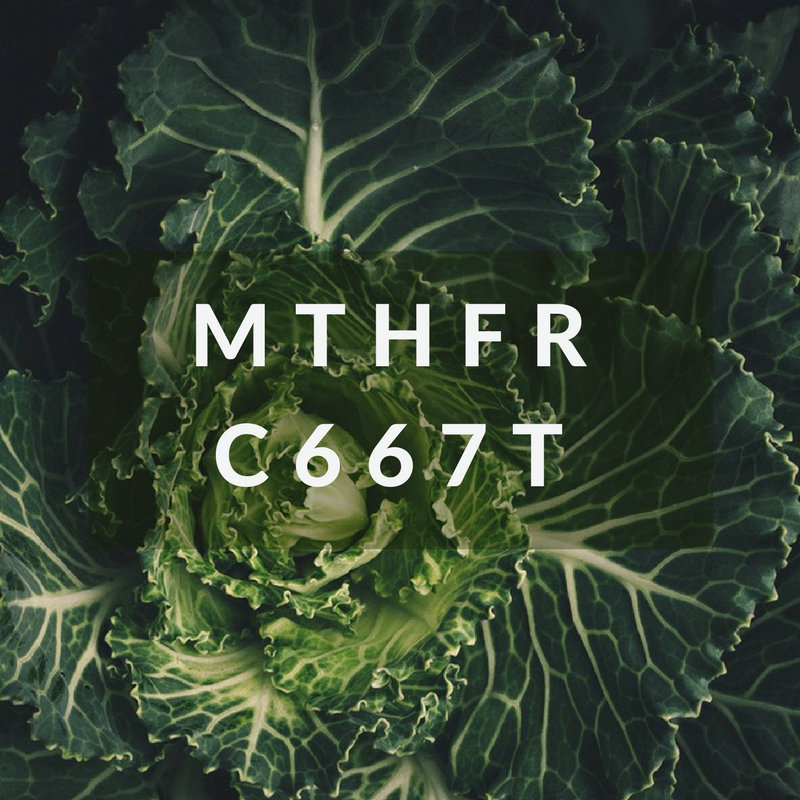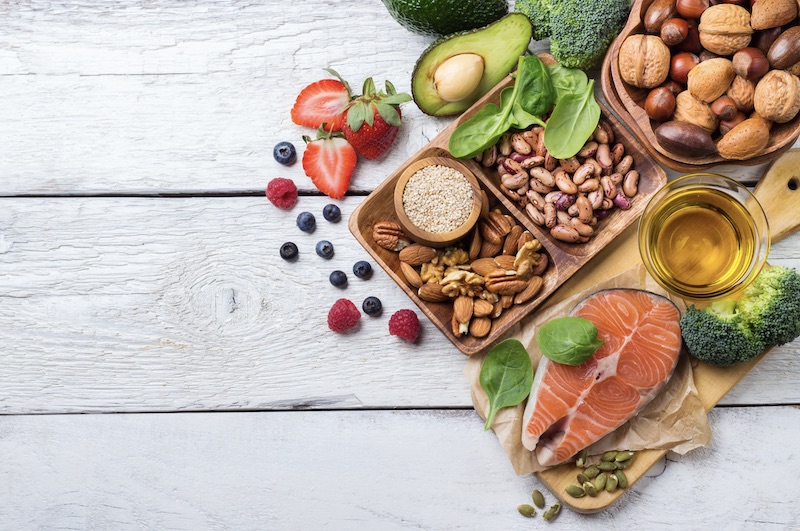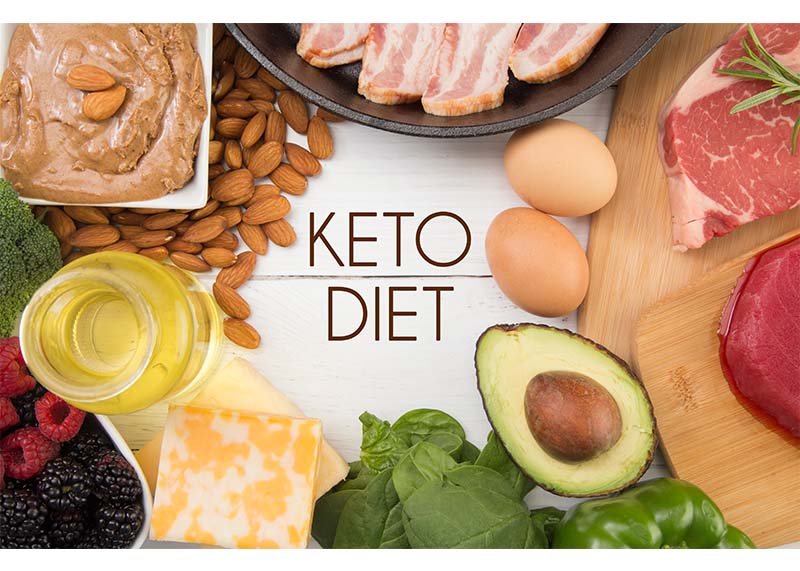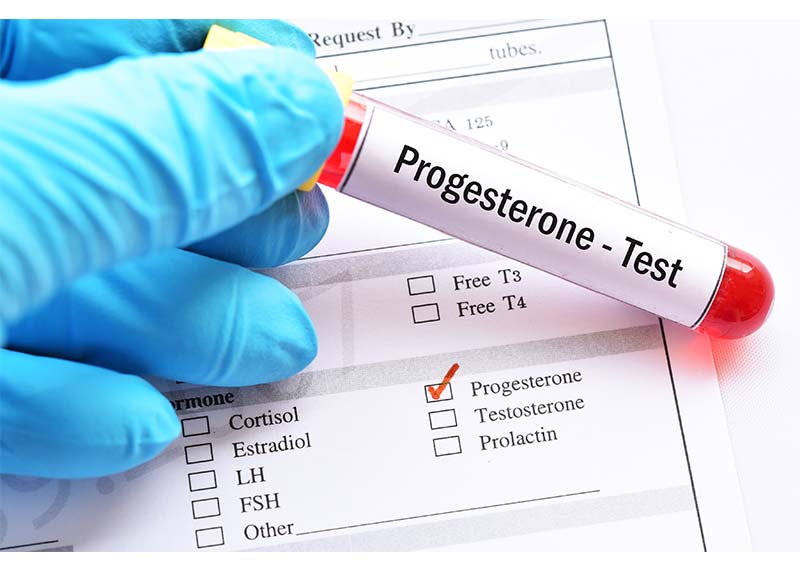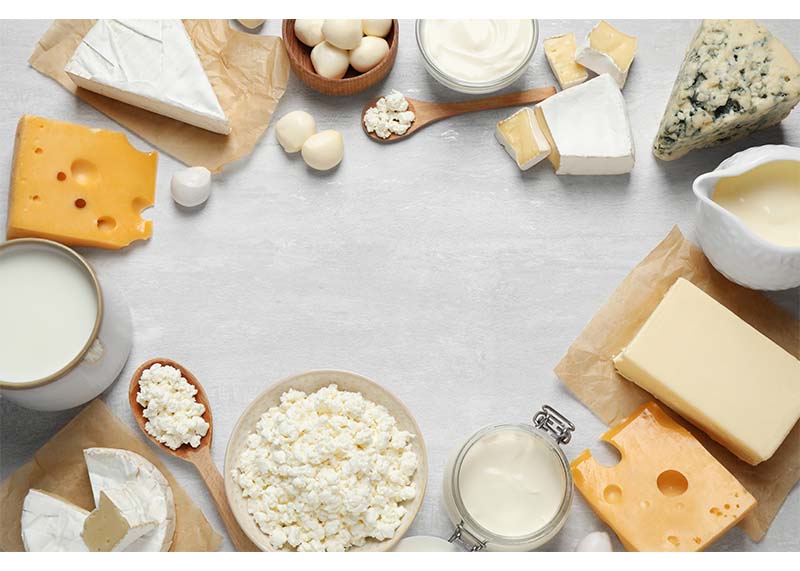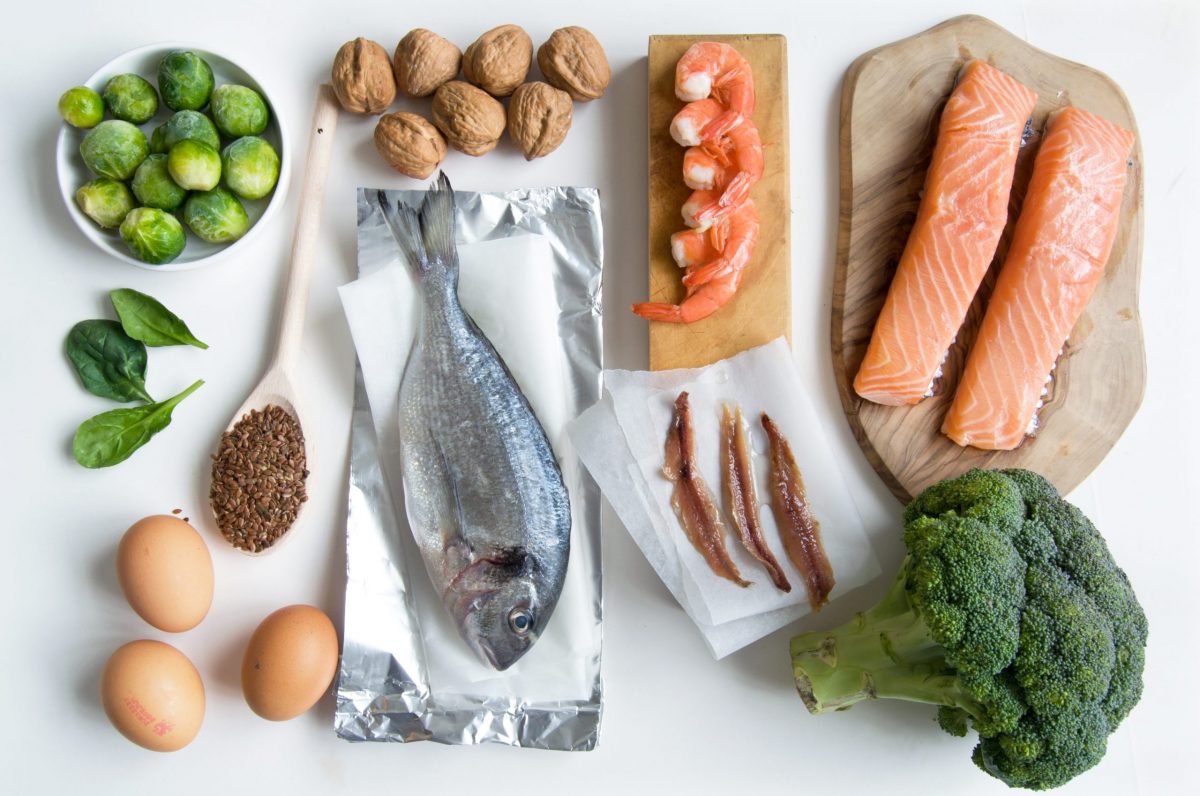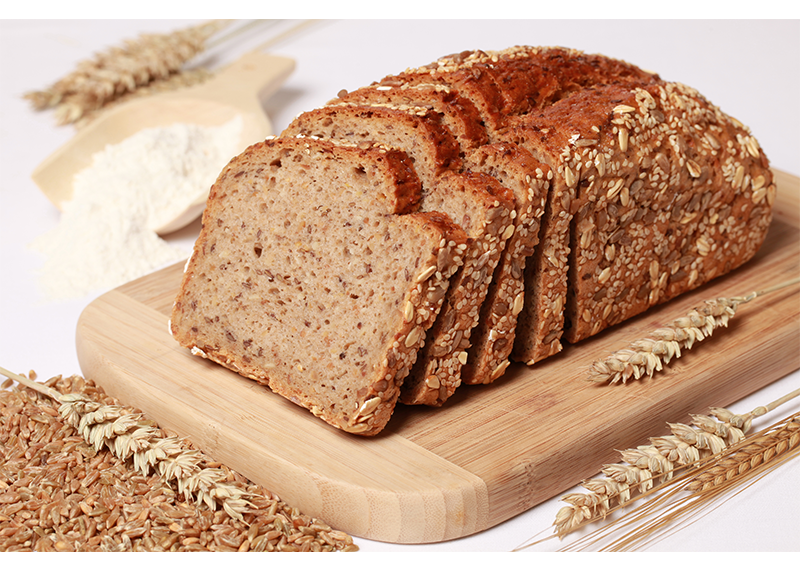Mycotoxins are toxins produced by fungi belonging to Aspergillus, Penicillium and Fusarium. The most common mycotoxins that present a concern to human health and livestock include aflatoxins, ochratoxin A, patulin, fumonisins, zearalenone, and nivalenol/deoxynivalenol. The toxins produced by them and focused on in research include ochratoxin A (OTA), deoxynivalenol (DON), fumonisin B2, T-2 toxin, and HT-2 toxin.
These are considered some of the most toxic substances found in poorly managed and stored grains, grain-fed dairy, nuts, corn, coffee, wine, beer, grape juice, sorghum, rice, dried beans, apples, pulses, cacao products, and spices. Grains are the major source of ochratoxin A, followed by wine.
Why Should You Be Concerned About Mycotoxins?
The International Agency for Research on Cancer places mycotoxins in group 2B due to its possible carcinogen effect in humans. WHO has stated “the adverse health effects of mycotoxins range from acute poisoning to long-term effects such as immune deficiency and cancer.”
Ochratoxin A was shown to increase the formation of oxidative products of lipids, with increased production of malondialdehyde (MDA), known as a marker of oxidative stress and the antioxidant status in cancerous patients.
One clinical study identified Ochratoxin A in 83% of over 100 individuals tested with chronic illness and a history of water-damaged building exposure.
Octratoxin A appears to be especially toxic for the kidneys, where it concentrates. It also may affect fetal development.
Do You Have a Sensitivity to Mycotoxins?
In the Nutrition Genome Report, we look at the GSTM1 gene for mycotoxins. Research suggests that mycotoxins can decrease the formation of glutathione due to decreased gene expression of the enzymes needed to form glutathione. Individuals who have the GSTM1 deletion polymorphism represent approximately 50% of the population and lack expression of this enzyme in any tissue in the body.
A genetic deficiency of GSTM1 is associated with increased susceptibility to aflatoxin B1-mediated damage to human liver cells. Contaminations by aflatoxins have been reported in groundnuts, millet, sesame seeds, maize, wheat, rice, fig, spices and cocoa due to fungal infection during pre- and post-harvest conditions. It has also been found in peanut butter, cooking oil and cosmetics.
While trace amounts are likely not going to cause issues, sensitivities range person to person, and an amount that can be detoxified well by one may not be true for another. Therefore striving for the lowest mycotoxin load is encouraged.
How to Lower Your Exposure of Mycotoxins from Grains
Due to grains and wine being one of the highest exposures to ochratoxin A, this is going to be the most common source for populations around the world. To lower our exposure to mycotoxin levels (which isn’t a new issue), we have to look at ancestral wisdom of traditional growing and storage methods, and fermentation techniques that have protected us for the last 10,000 years. It is only in the last 100 years that these techniques have changed to accompany industrial agriculture and large-scale production.
The contamination of grains can occur with heavy rains during the harvest season and damp storage conditions. While we may not know the source of our grains, we can choose products that have been fermented or ferment them ourselves.
Sorghum has been found to be contaminated with aflatoxins, fumonisins, zearalenone, deoxynivalenol, and ochratoxin A. In a study looking at fermentation with sorghum showed the capability to significantly reduce all mycotoxins up to 98%. This means we can reduce our exposure by choosing sourdough versions of any grains we consume.
How to Lower Your Exposure of Mycotoxins from Wine
European wines have a regulatory limit of two parts per billion of ochratoxin A, the only current mycotoxin that has a regulatory maximum. The US does not impose any limit for ochratoxin A.
What contributes to levels of ochratoxin A in wine? Temperature, ph, moisture, thickness of the grape skin, the yeast strain for fermenting, and the use of bentonite clay. Warm, coastal, Mediterrenean, and sub-tropical climates have higher levels than central and northern dry and high-altitude climates. Essentially, the more humidity and heat – especially in September during harvest – the more risk of mycotoxin contamination.
The United States had the highest range of all the samples. Spain, Italy, France and the United States had samples on the very low end, but also samples on the highest end based on the location and type of wine. Out of 77 wines from around the world, a California Zinfandel had the highest level of fumonisin B2. Dessert wines showed the highest incidence of contamination, followed by rose, red and white wines.Wines from the coast of Italy and Greece have been shown to have higher levels of ochratoxin A in their wines. Central and northern Italy had very low levels of ochratoxin A compared to southern Italy.
Grapes in cooler climates do not ripen as fast, which also means the sugars in the grapes are lower. Dry farmed wines have been shown to have heavier and thicker grape skins. A dry farmed vineyard in cooler climates would then theoretically provide the best defense against infection by ochratoxin A-producing fungi and therefore very low levels of ochratoxin A in the final wine.
Two types of saccharomyces cerevisiae wine strains were able to remove 82% to 85% of ochratoxin A, which is phenomenal. It has been shown that the reduction of ochratoxin A continues up to 18 months, giving good evidence to wait to consume a wine after 18 months of aging.
How to Epigenetically Increase Your Resistance to Mycotoxins
- The toxicity of ochratoxin A has been shown to be decreased by maintaining glutathione production with N-acetyl cysteine (NAC), which decreased reactive oxygen species and carcinogenic formation.
- Other ways to increase glutathione levels includes glycine, selenium, vitamin C, cruciferous vegetables, herbs, and spices.
- There is some evidence that prebiotics, polyphenols (especially resveratrol, found higher in thick skinned grapes), fiber, chlorella, activated charcoal, and probiotics may bind and assist with ochratoxin A removal. The lactobacillus strains L. pentosusm L. beveris, L. plantarum C88, L. casei work not only to bind to aflatoxins, but by upregulating the antioxidant activity of glutathione s-transferase.
Hit your health goals faster
We'll help you remove the guesswork
Experience the most advanced nutrigenomic test available, covering 100 clinically relevant genes for a "whole body" analysis. Take control of your health today.
$359
